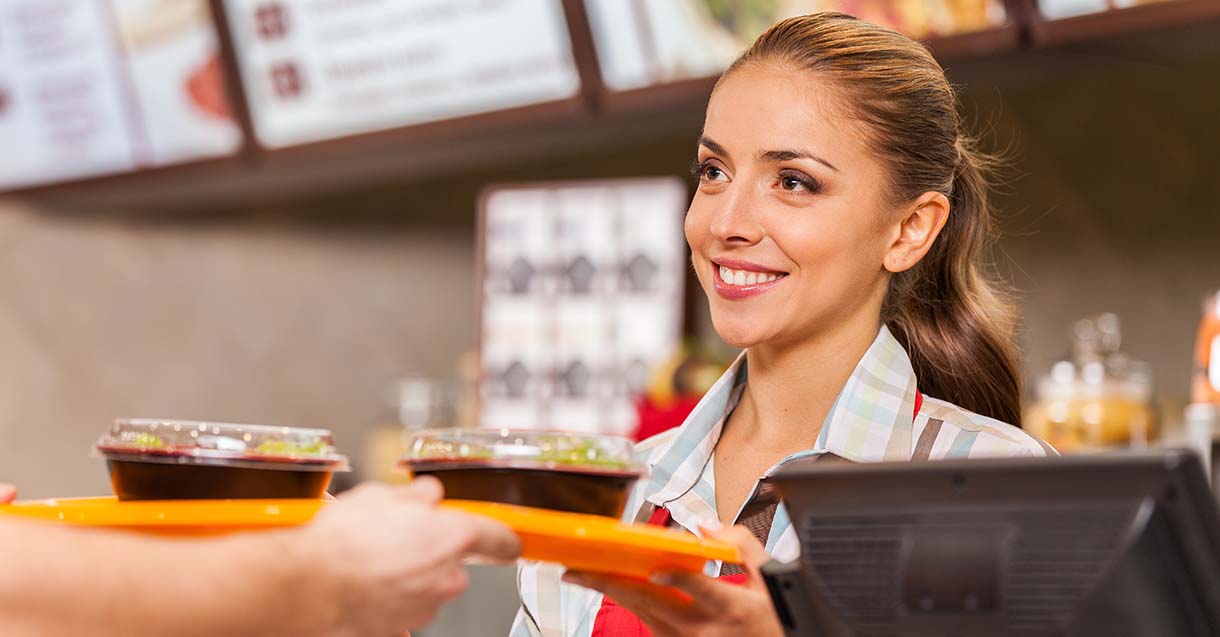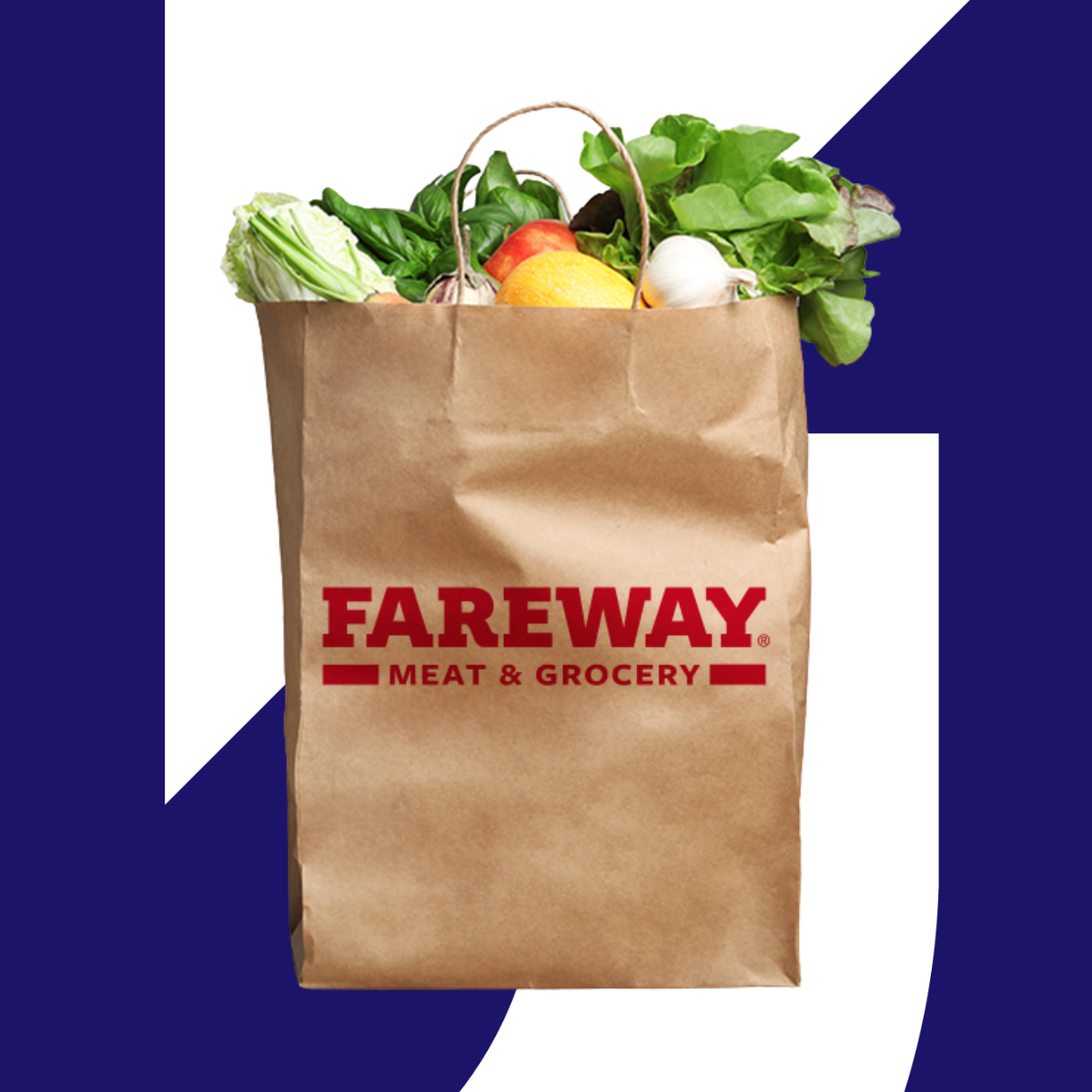How to attract more customers to your restaurant: Proven strategies that drive results

The Upside Team
Every restaurant has opportunities to grow, whether that's attracting new diners, encouraging existing customers to visit more, or optimizing capacity during slower periods. The challenge many restaurants face is identifying which customer acquisition strategies deliver measurable returns on investment.
In the past several years, costs have risen across the restaurant industry. At the same time, consumers have become more selective about where they dine, often comparing options across multiple channels before deciding.
The most successful businesses combine multiple restaurant marketing strategies to reach their goals. They find ways to encourage repeat visits while attracting new customers. Let's explore common challenges the restaurant industry faces and tactics that drive results to improve restaurant sales.
Common customer acquisition challenges restaurants face
Restaurant operators today encounter interconnected challenges that make customer acquisition complex. Recognizing these obstacles helps identify which strategies are best for your business, whether you need to invest in social media marketing or form strategic digital partnerships.

Rising competition in saturated markets
The restaurant landscape has become increasingly crowded, with new establishments opening regularly and existing ones fighting for market share. Consumers have more dining options than ever, making it harder to stand out and capture attention. This saturation means restaurants can no longer rely on location alone to drive traffic.
The challenge intensifies in markets where multiple restaurants target the same customer segments. Generic marketing approaches that worked in less competitive environments often fail to differentiate your restaurant from similar establishments nearby.
Difficulty measuring marketing effectiveness
Many restaurants struggle to connect their marketing investments to actual customer visits and revenue. Traditional advertising methods like radio, print, or billboard campaigns make it nearly impossible to track which customers visited because of those efforts.
Even digital marketing channels often focus on metrics like impressions, clicks, or social media engagement rather than customer behavior changes. This makes it challenging to determine which marketing efforts are helping you grow restaurant sales and which are wasting your budget.
Inconsistent customer visit patterns
Restaurant traffic naturally fluctuates based on time of day, day of the week, seasons, and local events. Many operators find it difficult to smooth out these patterns and maintain steady revenue during slower periods.
The challenge is compounded when marketing efforts generate traffic during already-busy times while failing to address capacity during slower periods. This leads to missed revenue opportunities and inefficient use of marketing spend.
Limited budget for customer acquisition
Most restaurants operate on tight margins, leaving limited funds available for marketing and customer acquisition efforts. This constraint forces operators to be selective about their marketing investments, but without clear attribution, it's difficult to know which efforts provide the best returns.
The pressure to see immediate results from limited budgets often leads to short-term tactics that don't build sustainable customer relationships or long-term brand value.
Balancing new customer acquisition with retention
Restaurants need new customers and repeat visits from existing ones, but these goals often require different strategies. New customers typically need stronger incentives to try your restaurant, while existing customers might respond better to loyalty rewards or recognition.
Finding the right balance between acquisition and retention efforts — and avoiding campaigns that cannibalize expected revenue from existing customers — requires an understanding of customer segments and behaviors.
Proven strategies that address these challenges
With these challenges in mind, let's look at proven solutions for attracting more customers to your restaurant.

1. Optimize your digital presence for local discovery
Your potential customers are searching for dining options online, and your digital presence determines whether they find you or your competitors. Local SEO optimization ensures you appear when nearby diners search for restaurants.
Key actions that drive results:
- Claim and optimize your Google My Business listing with current hours, photos, and menu information.
- Encourage satisfied customers to leave reviews on Google, Yelp, and other platforms.
- Maintain consistent business information across all online directories.
- Use location-specific keywords in your website content.
Restaurants with optimized local listings see significantly higher foot traffic, as consumers can easily find information like hours, location, and menu offerings when making dining choices.
2. Leverage data-driven personalization
Modern consumers expect personalized experiences, and restaurants that deliver relevant offers see higher conversion rates and customer loyalty. Rather than one-size-fits-all promotions, successful operators use customer data to create targeted campaigns.
Personalized promotions work because they address customer preferences and behaviors. A frequent diner might respond to a loyalty reward, while a new customer needs a stronger incentive to try your restaurant for the first time.
Effective personalization strategies include:
- Segmenting your customer base by visit frequency and spending patterns.
- Creating targeted offers based on past ordering behavior.
- Timing promotions when customers are most likely to visit.
- Delivering the right incentive to influence purchasing decisions.
3. Build strategic partnerships that expand your reach
Strategic partnerships allow you to reach new customers without increasing your marketing costs. The most effective partnerships put your restaurant in front of consumers when they're actively making dining decisions.
Look for partnership opportunities that complement your existing marketing efforts rather than replacing them. Seek out partnerships that provide access to new customer segments while allowing you to maintain control over your brand experience.
Successful restaurant partnerships often include:
- Online ordering systems that connect you with local consumers.
- Complementary businesses that serve your target demographic.
- Community organizations and local events.
- Corporate partnerships for employee dining programs.
Focus on partnerships that offer:
- Access to customers you wouldn't reach otherwise.
- Measurable attribution so you can track results.
- Profit-positive terms that don't erode your margins.
- Integration with existing operations.
Explore the benefits of marketing software for restaurants and learn how digital tools can help grow your business.
4. Maximize your existing customer relationships
Acquiring new customers costs much more than encouraging existing customers to visit more frequently. It's smart to invest in strategies that increase visit frequency and average order size from your current customer base.
Your existing customers already know your food quality and service. They just need the right incentive to return more often. Focus on creating programs that reward loyalty while identifying opportunities to boost spend per visit.
Proven tactics for existing customers:
- Restaurant loyalty programs that provide increasing value over time.
- Special offers for slow periods to balance capacity utilization.
- Upselling and cross-selling training for staff.
- Follow-up communications that bring customers back.
5. Implement performance marketing that pays for itself
Traditional advertising often requires significant upfront investment with uncertain returns. Performance-based marketing approaches allow you to pay only when you achieve specific results.
This model reduces risk because you're investing in proven customer acquisition rather than hoping for results. Look for marketing channels that can directly attribute new customers and transactions to their efforts.
Performance marketing advantages:
- You only pay when you see measurable results.
- Direct attribution shows exactly which customers came from each channel.
- Scalable approach that grows with your business.
- Complements existing marketing without competing for credit.
The marketplace advantage: Reaching customers at decision time
Digital marketplaces that combine dining with everyday necessities like fuel and groceries create unique opportunities to influence customer behavior across categories.
Upside's marketplace connects your restaurant with over 35 million consumers who are actively choosing where to dine, shop, and refuel. When customers open the app to find gas or groceries, they also see personalized dining offers from restaurants like yours.
How marketplace positioning drives results
- Reaches customers during planning phase: Consumers use Upside when they're planning their day and deciding where to make purchases. Your restaurant appears on their screen when they're most receptive to trying somewhere new.
- Personalized promotions influence behavior: Each customer sees a unique offer designed for them. New customers might see a larger incentive to try your restaurant, while frequent diners receive offers that encourage return visits.
- Measurable attribution proves impact: Unlike traditional advertising, you can see exactly which customers visited because of Upside. Our measurement methodology compares each customer's behavior to similar non-Upside users, proving the incremental impact on your business.
- Profit-first business model: You only pay when Upside delivers proven incremental profit. Our promotions are bound by your available margin and adjust to protect profitability on every transaction.
Your next step toward profitable growth
Customer acquisition doesn't have to be a constant expense with uncertain returns. The best approach combines proven strategies with platforms that guarantee measurable results.
When you can identify exactly which marketing efforts drive incremental profit — not just traffic or impressions — you can confidently invest in growth strategies that scale with your business. This transforms customer acquisition from a marketing cost into a reliable profit center.
Your restaurant has opportunities to attract new customers and encourage existing ones to visit more often. The strategies that deliver results are those that provide genuine value to customers while generating returns for your business.
Ready to see how personalized promotions can drive more customers to your restaurant? Request a demo to discover what Upside can do for you.
Frequently asked questions
How to attract more customers in my restaurant?
The best approach combines optimizing your local digital presence, using personalized offers to reach customers when they're deciding where to dine, and implementing performance-based marketing. Focus on strategies that attract new customers and encourage existing ones to visit more frequently.
What's the difference between customer acquisition and customer retention for restaurants?
Customer acquisition brings new diners to your restaurant for the first time, while retention encourages existing customers to return more often.
How much should I spend on restaurant marketing?
Marketing spend varies by restaurant size and location, but focus on return on investment rather than budget size. Performance-based platforms like Upside eliminate risk by only charging when you see proven incremental profit.
How do I measure if my restaurant marketing is working?
Look for measurable increases in new customer visits, existing customer frequency, and total incremental profit — not just clicks or impressions.
Share this article:
The Upside team is made up of data scientists and industry experts who are passionate about delivering empowering content to our readers. With a focus on providing practical insights and meaningful perspectives, we create engaging materials across a wide range of topics. From exploring industry trends and offering expert analysis to sharing useful tips and inspiring ideas, our team works diligently to provide you with the information you need to thrive.
Request a demo
Request a demo of our platform with no obligation. Our team of industry experts will reach out to learn more about your unique business needs.









.png)





